
Audio
Mary Jane Bennett talks about when basketmaking began and subsequent changes.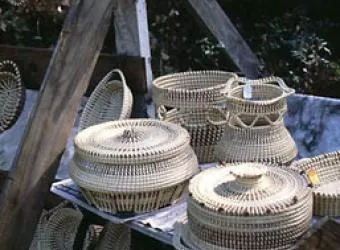
Basketmaking in South Carolina reflects the blending of Native American, European and African traditions to create two predominate types of baskets - the coiled baskets of the Lowcountry and woven baskets of the Piedmont and Blue Ridge. Native Americans used river cane to plait baskets, mats and fish traps. Europeans maintained Old World techniques and forms, adapting them to new materials like white oak to weave their harvest baskets and clothes hampers. On the coast, enslaved Africans brought their knowledge of rice production and introduced coiled basketry using local sweetgrass, bulrush, palmetto, and pine needles. Today, traditional basketmakers have adapted their forms to a changing market and most baskets are made for decorative use.
Content is provided by McKissick Museum, University of South Carolina.
For further information about any of the artists featured on Digital Traditions, send your questions and comments to hallagan@mailbox.sc.edu.

Audio
Mary Jane Bennett talks about when basketmaking began and subsequent changes.
Audio
Mary Jane Bennett talks about ancestry and heritage.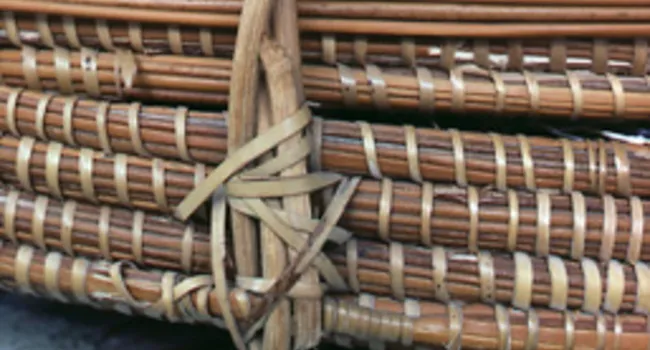
Audio
Resident of St. Helena Island, SC (Beaufort County). His father, George Brown, taught basketmaking at the Penn School on St. Helena Island in the early 20th Century. The school was founded in the...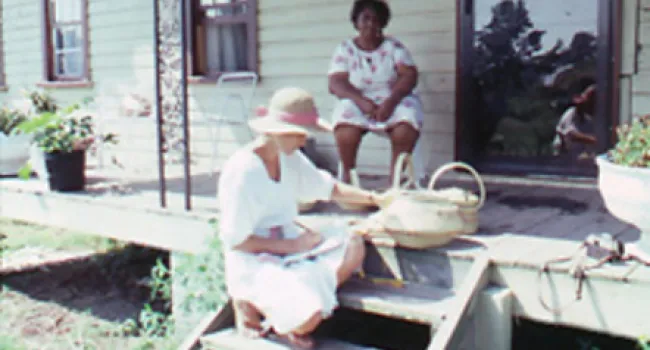
Audio
A plastic cord that used to be used in basketmaking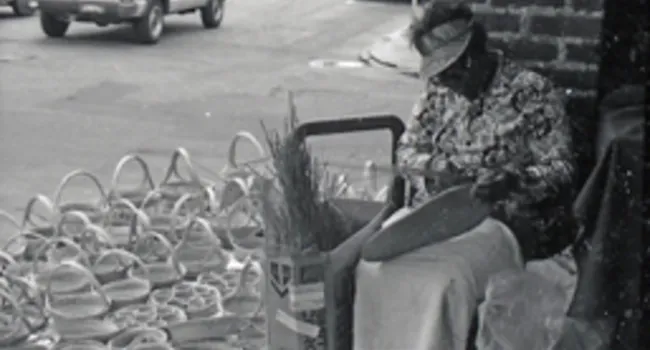
Audio
Marie Manigault talks about her great-grandmother's basket styles.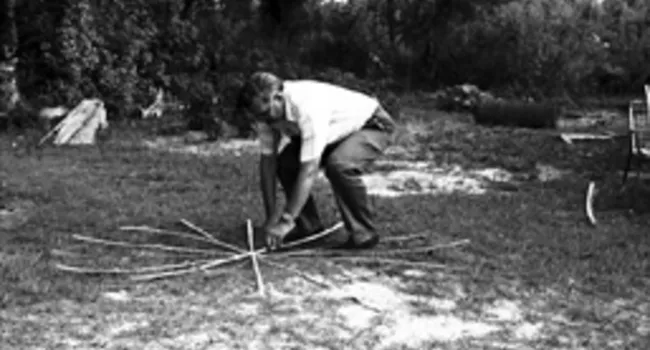
Audio
Franklin De Loach shares how the tradition of basketmaking was passed down in his family.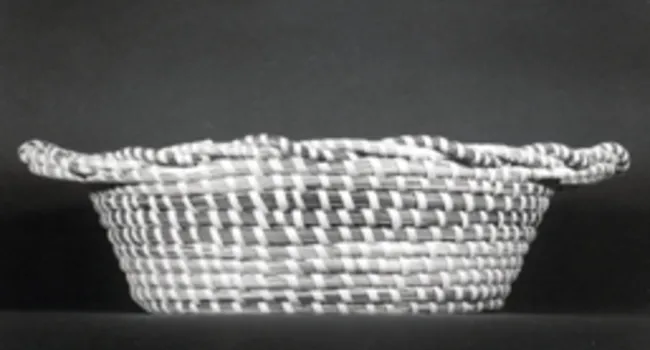
Audio
Basketmaker Mary Vanderhorst talks about places that men go to gather materials.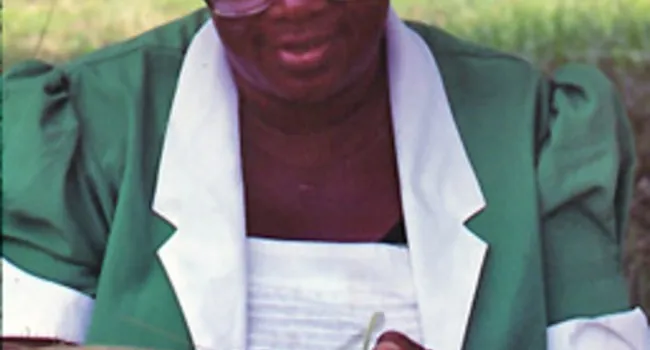
Audio
Sue Middle taught her son how to weave, but he hasn't quite taken to the art form like she would have liked.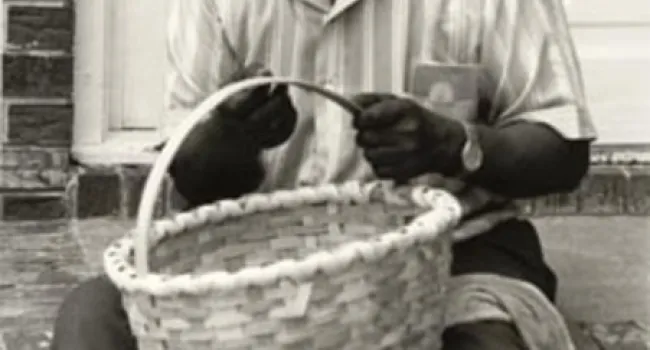
Audio
Nathaniel Washington talks about wetting the wood splits.